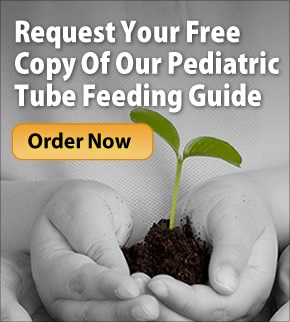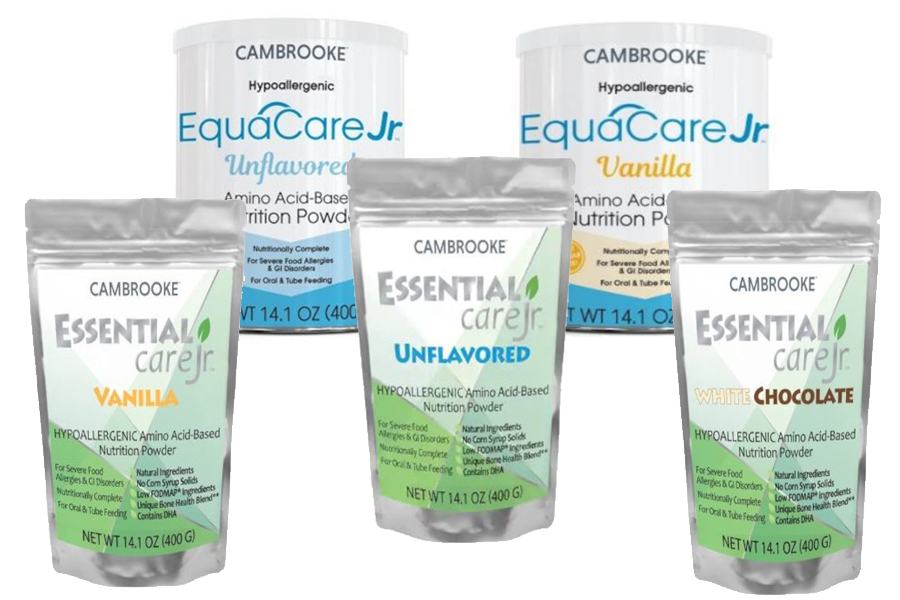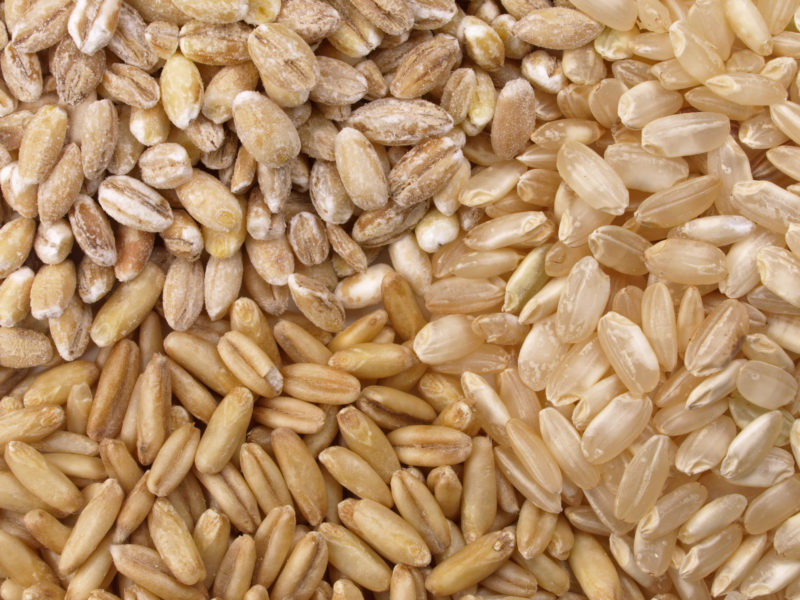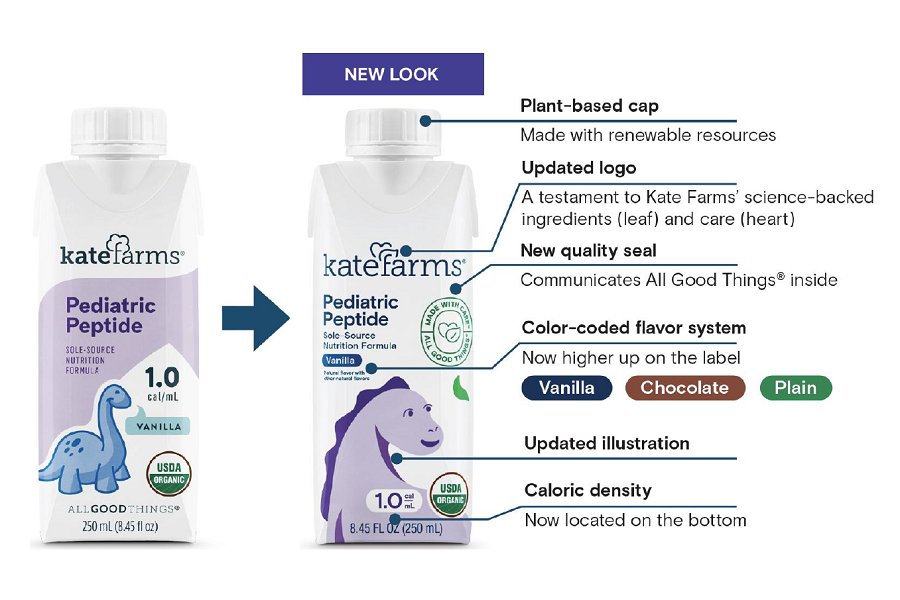Updates in Adult Malnutrition
The American Society for Parenteral and Enteral Nutrition and the American Dietetic Association are working together to define malnutrition and have jointly submitted recommendations to the National Center for Health Statistics. A main goal is to clarify the malnutrition diagnosis code definitions for adults. Current diagnosis codes are based on outdated definitions of malnutrition that are more prevalent in children in developing countries, such as Kwashiorker (protein malnutrition marked by edema and hypoalbuminemia) and Marasmus (protein and calorie malnutrition marked by muscle and fat loss and reduced metabolism). Updated definitions will be based on etiology, including the presence of inflammation and acute or chronic disease.
The serum visceral proteins albumin and prealbumin have long been considered the hallmark indicators of malnutriti on. This may no longer be the case. During the body’s acute phase response to illness or injury, synthesis of these proteins are down-regulated so that other proteins can be made for clotting, immune and wound healing functions. During stress, low albumin or prealbumin may be a better indicator of inflammation than of visceral protein stores, especially when accompanied by an elevated C-Reactive Protein. Other signs of inflammation include hyperglycemia, edema, fever and elevated white blood cell count. Changes in dietary intake correlate poorly with visceral proteins.
Test Your Knowledge: Case Study (Answers below)
A 70 year old female is admitted with pneumoperitoneum. She has experienced anorexia for the past two weeks with a marked decrease in dietary intake. She has an albumin of 1.2, prealbumin of 6, a white blood cell count of 18,000 and a temperature of 100.9.
Which of the following is the best description of her nutrition status?
A. Severe malnutrition due to chronic disease
B. Severe malnutrition due to acute illness
C. Moderate malnutrition due to environmental/social circumstances
Shield HealthCare Uses Sound Clinical Judgment to Care For Your Patients
RJ, a patient with cancer, was referred to Shield HealthCare for wound care supplies. While the customer service agent was taking the order, she realized that the patient’s gastrostomy tube had just been replaced with a jejunostomy tube. She immediately transferred the call to the enteral specialist. It turned out that RJ was trying to bolus formula through the J-tube as she had done with her G-tube. However RJ was experiencing vomiting and abdominal pain. Unfortunately, a feeding pump had not been ordered prior to discharge.
Continuous feeding via feeding pump is the preferred method for feeding into the small intestine. The specialist obtained the order for the pump and scheduled a visit with the Shield HealthCare RD to discuss RJ’s nutrition needs and the use of the pump. Since her transition to a feeding pump, RJ’s health has improved significantly and she is finally free to focus on healing. Good work Shield HealthCare team!
Answer to: Test Your Knowledge Quiz
B. Severe malnutrition due to acute illness. This patient shows signs of inflammation, such as fever and elevated white blood cell count, caused by pneumoperitoneum, an acute illness. Her acute phase negatively influences serum albumin and prealbumin levels.
Shield HealthCare Featured Product:
Boost Kid Essentials
More than 8,500 children under age 15 are diagnosed with cancer each year in the US. 1 The most common types of cancer affecting children include leukemia,lymphoma and cancers of the brain and central nervous system.2 September is National Childhood Cancer Awareness Month, but adequate nutrition is important all year long in cancer treatment and recovery. Shield HealthCare provides oral nutrition supplements such as Boost Kid Essentials 1.0 and 1.5, that deliver essential vitamins, minerals and nutrients to children. Maintaining your patients’ nutrition status is critical to the recovery process. Oral nutrition supplements will help to meet your patients’ increased nutrient needs while providing taste and convenience.
Healthy at Home
An article published in The Journal of Parenteral and Enteral Nutrition compared the frequency of aspiration in 428 patients with different feeding tube placement sites. Risk of aspiration was up to 18% lower when fed into the small intestine compared to the stomach. Pneumonia occurred less often when feedings were introduced at or beyond the second portion of the duodenum. It was concluded that patient populations at higher risk for aspiration may benefit from small bowel feeding tube placement.
Methany NA, et al. Relationship Between Feeding Tube Site and Respiratory Outcomes. J Parenter Enteral Nutr. 2011;35: 346-355
Advantages of Shield HealthCare’s Enteral Nutrition Support Program:
• Pump setup within 4 hours of discharge in most cases
• Expert RDs in all areas we serve
• Direct dietitian-physician communication
• Wellness checks and quarterly nutrition screenings
• Clinical and nutrition in-services for your staff
• Fewer hospital visits for your patients
Sources:
1. Gurney JG, Bondy ML. Epidemiology Childhood Cancer. In: Pizzo PA, Poplack DG, eds. Principles and Practice of Pediatric Oncology. 5th ed. Baltimore, MD: Lippincott Williams & Wilkins; 2006;1-12.
2. National Cancer Institute. The National Center for Complementary and Alternative Medicine. Accessed August 1, 2011.
This issue brought to you by Shield HealthCare’s Registered Dietitians.























